The NU Story
Breaking stereotypes
Nestled in the foothills of the oldest fold mountain range in the world, the Aravalli, NIIT University (NU) breaks many stereotypes. Be it campus design and architecture, course curriculum and delivery, student admission process and faculty, or just the overall grooming of its students, NU has innovated in many ways. The result is an exemplary sustainable campus that provides seamless learning and nurtures independent thinking.
But how did this university embark upon creating its own space in higher education?
The idea takes shape
The seed of starting a ‘university with a difference’ was sown in the mind of Rajendra Singh Pawar(a Padma Bhushan awardee, and the Founder & Chairperson of NIIT Ltd.,) when NIIT Ltd was two decades old and had reinvented itself several times to ride the highs and lows of the economic tide with remarkable panache.
The idea of setting up a not-for-profit university came from a desire to create a new model of higher education that is relevant to the industry requirements of the 21st century. Technology, industry and economy were advancing fast and higher education needed to reinvent itself to cope with these demands.
Mr Pawar, an ‘ideas man’, saw a need to transform the higher education system to bring it to the global standards of higher education and to open up new possibilities for students. Just as he was deliberating on the idea, regular interactions with acclaimed educationists triggered the idea of the four core principles on which NU is built.
The idea of setting up a not-for-profit university came from a desire to create a new model of higher education that is relevant to the industry requirements of the 21st century. Technology, industry and economy were advancing fast and higher education needed to reinvent itself to cope with these demands.
Mr Pawar, an ‘ideas man’, saw a need to transform the higher education system to bring it to the global standards of higher education and to open up new possibilities for students. Just as he was deliberating on the idea, regular interactions with acclaimed educationists triggered the idea of the four core principles on which NU is built.

Validation
Some of these ideas were first implemented within NIIT Ltd. Once they were successfully implemented there, they were ready to become part of the design of the new university. The final trigger to set up a university came not much later – in 1997, Mr Pawar and his long-time friend, and the co-founder of NU, Vijay K Thadani, attended the silver jubilee of their alma mater, IIT Delhi. Both the IIT-ians were prodded by their beloved teacher, (late) Prof PV Indiresan, to do something meaningful for the country.
Encouraged and inspired, they set out to build the university of their dreams.
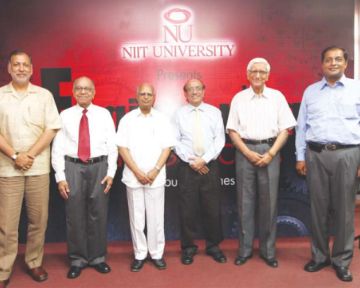
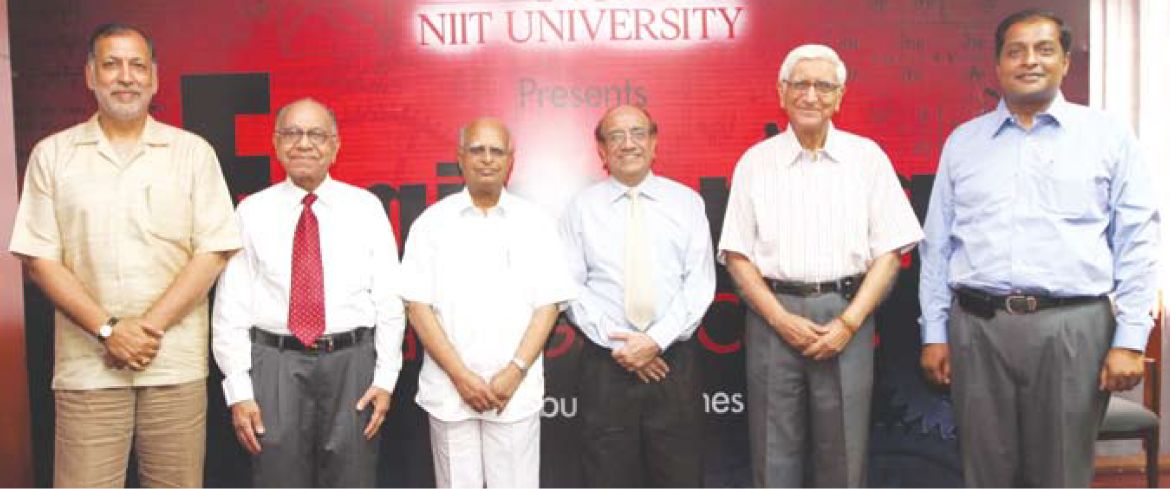
The first step - Board of Advisors
IN 2002, NIIT gave a serious turn to the idea of establishing a university, by creating the first advisory board comprising distinguished academicians, scientists and technocrats.
Late Prof PV Indiresan
Former Director, IIT Madras
Late Prof JR Isaac
Retd Professor, IIT Bombay; Former Advisor, NIIT Ltd
Late Prof C S Jha
Former Director, IIT Kharagpur
Late Prof MP Kapoor
Retd Professor, IIT Kanpur; Former Director, TIET; Project Director, NIIT Institute of Information Technology (TNI)
Dr Kiran Karnik
President, NASSCOM
Prof RC Malhotra
Former Director, IIT Kanpur
Dr RA Mashelkar
Former DG, CSIR
Prof Ashok Misra
Director, IIT Bombay
Late Dr CR Mitra
Former Director, BITS, Pilani; Former Advisor, NIIT
Prof VS Prasad
Director, NAAC Bangalore
Prof VS Raju
Former Director, IIT Delhi
Prof PB Sharma,
Vice Chancellor, RGTU, Bhopal
Rajendra Singh Pawar
President, TNI; Chairman, NIIT
Vijay K Thadani
Chairman, BOG, TNI; CEO, NIIT
P Rajendran
COO, NIIT
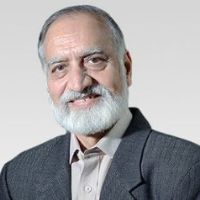
At that time we were talking of creating something truly world-class, but in a broader sphere of work. The IITs spell quality in engineering education, but we wanted to emulate the range of quality in a broader range of disciplines.”
Dr Kiran Karnik, Member, Advisory Board (NU) and former president, NASSCOM.
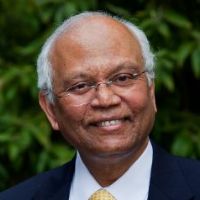
The emphasis right from the beginning was to promote innovation and take a concept and idea to commercialisation so that wealth could be created. In India, unfortunately we have failed to do so. At NIIT University, we emphasised on bridging the gap.” Dr RA Mashelkar, Member, Advisory Board, NU and Former DG, Council of Scientific and Industrial Research (CSIR)
Despite having a marquee advisory board, it was tough going for a corporate group like NIIT Ltd. — even with its 25-year history of education delivery — to venture into the formal higher education domain.
Challenges notwithstanding, the determined founders decided to walk the arduous path and build the university of their dreams.
Challenges notwithstanding, the determined founders decided to walk the arduous path and build the university of their dreams.
A strong foundation
Mr Pawar and his team were very clear that if they had to create a university, it would focus on the scope and not the scale. It had to be a university with a real difference. It had to serve a purpose – to create an environment that provoked thinking, and enabled free-flowing, flexible and limitless learning.
And so, the foundation had to be rock-solid. After a long period of deliberations, the four core principles that would become foundational pillars of the new university emerged – industry-linked, technology-based, research-driven seamless education. Then came the quest for an inspiring motto that reflected the vision of the founders.
Anadi-Anant was chosen as the motto by the first Chairperson of the University Dr Karan Singh, MP, noted scholar and philosopher and former cabinet minister. It is an ancient Indian concept implying that the Universe is eternal – without beginning and without end. Its significance is that the knowledge that NU will create and impart will be the foundation for multifaceted careers, endless in their potential. The motto is aptly represented by the emblem of the university, the Mobius ring that stands tall, perched on a hillock within the lush green university campus.
Capturing the free-flowing, flexible and limitless nature of the learning process, the spirit of the motto and the emblem seems to exhort the learner – “Learn what you want, how you want, where and when you want, but learn you must!”
And so, the foundation had to be rock-solid. After a long period of deliberations, the four core principles that would become foundational pillars of the new university emerged – industry-linked, technology-based, research-driven seamless education. Then came the quest for an inspiring motto that reflected the vision of the founders.
Anadi-Anant was chosen as the motto by the first Chairperson of the University Dr Karan Singh, MP, noted scholar and philosopher and former cabinet minister. It is an ancient Indian concept implying that the Universe is eternal – without beginning and without end. Its significance is that the knowledge that NU will create and impart will be the foundation for multifaceted careers, endless in their potential. The motto is aptly represented by the emblem of the university, the Mobius ring that stands tall, perched on a hillock within the lush green university campus.
Capturing the free-flowing, flexible and limitless nature of the learning process, the spirit of the motto and the emblem seems to exhort the learner – “Learn what you want, how you want, where and when you want, but learn you must!”
A case study in sustainability
The campus, which today is a case study in green campus and sustainability, was an expansive 100-acres of arid land when it was granted to the university. It was sandy, non-arable land, deeply fissured in places. Summer temperatures often soared to 45 degrees, water was scarce.
Yet, the challenge of constructing a campus here and the unpredictability of nature appealed to Mr Pawar. He insisted that the land not be flattened at all and that its natural contours be integrated into the building plan. He also made it clear that not a truck-load of earth would enter or exit the campus. His vision was ambitious but not impossible. The university needed a master planner that could turn this vision into reality.
Read more
Yet, the challenge of constructing a campus here and the unpredictability of nature appealed to Mr Pawar. He insisted that the land not be flattened at all and that its natural contours be integrated into the building plan. He also made it clear that not a truck-load of earth would enter or exit the campus. His vision was ambitious but not impossible. The university needed a master planner that could turn this vision into reality.
Read more
Accordingly, a comprehensive long-term master plan was painstakingly developed over two and a half years, the first time ever, for a university in India! YRM (London) Ltd., a world-renowned campus architecture firm that incidentally also planned and designed Heathrow Airport’s Terminal 5 of London, designed the university campus so the buildings would integrate with the natural terrain. This drastically reduces the impact of construction on local geology.
Apart from populating the campus with native species, NU has also been actively involved in ‘greening’ the 750-acre Aravalli Range adjoining the campus. The ‘walk-only’ campus reduces fossil fuel consumption and the campus further minimises its carbon footprint through Earth-Air Tunnels, which act as self-regulating heat sink for the campus. The campus needs very little electricity to cool or heat the buildings. The university also has rain water harvesting facilities and a water recycling system which is 97% efficient.
Apart from populating the campus with native species, NU has also been actively involved in ‘greening’ the 750-acre Aravalli Range adjoining the campus. The ‘walk-only’ campus reduces fossil fuel consumption and the campus further minimises its carbon footprint through Earth-Air Tunnels, which act as self-regulating heat sink for the campus. The campus needs very little electricity to cool or heat the buildings. The university also has rain water harvesting facilities and a water recycling system which is 97% efficient.

A story to inspire millions
It is an inspiration not just for students at NU but for anyone who wants to dream big and fulfill their dreams.
NU is a story
- of passion
- of dreaming audacious dreams
- of commitment to education
- of love for the country and its students
- of building a world-class university in the face of toughest challenges
- of remaining true to one’s dreams no matter how arduous the path gets
- of a deep sense of responsibility towards the environment and the community
NU’s feat of creating a world-class university is perhaps best summarised in the words of Dr Karan Singh, Chairperson (equivalent to Chancellor) of the University, who said during the first inaugural address, “NIIT University gives a glimpse of what future education institutions can be.”
Milestones
The long and challenging journey from dream to reality is captured in the timeline below.




 At that time we were talking of creating something truly world-class, but in a broader sphere of work. The IITs spell quality in engineering education, but we wanted to emulate the range of quality in a broader range of disciplines.”
At that time we were talking of creating something truly world-class, but in a broader sphere of work. The IITs spell quality in engineering education, but we wanted to emulate the range of quality in a broader range of disciplines.”